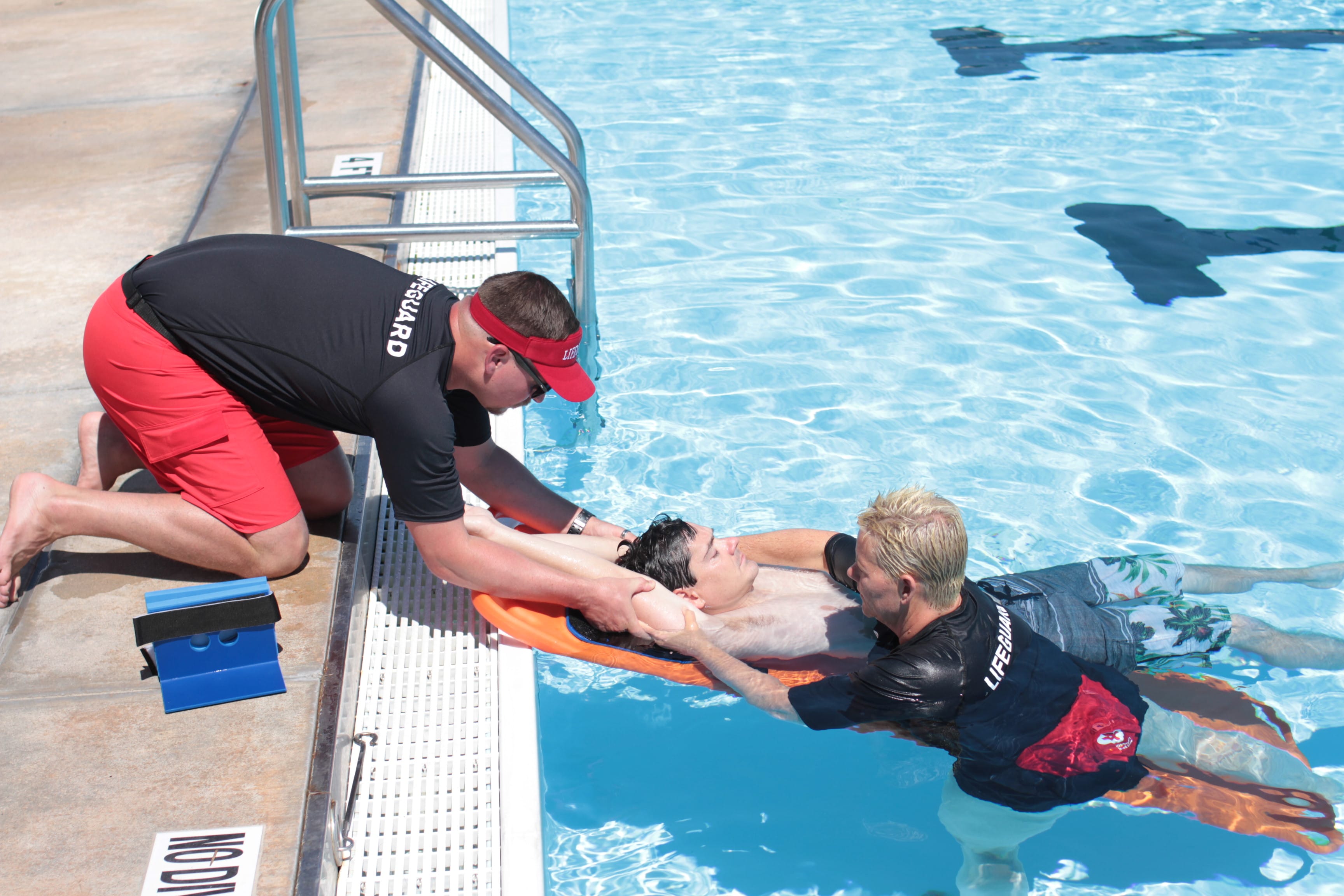Lifeguards play a critical role in maintaining safety at swimming pools, beaches, and other bodies of waterThey are responsible for identifying and responding to potential drowning situations, performing rescues, and administering first aid when necessaryOne of the most important skills that lifeguards possess is their ability to maintain constant surveillance of their designated area.
In this article, we will explore the importance of lifeguard surveillance and the training and certification that lifeguards must undergo to ensure that they are capable of performing their duties effectively.
Table of Contents
The Importance of Lifeguard Surveillance
Lifeguard surveillance is critical to maintaining a safe environment for swimmersThe primary goal of surveillance is to identify potential drowning situations before they occurThis requires lifeguards to maintain a constant and vigilant watch over their designated areaThey must be able to identify and respond to a range of situations, including swimmers who are struggling, floating face down, or who have stopped moving altogether.
In addition, lifeguards must be able to recognize other potential hazards, such as a crowded pool or beach, and take steps to prevent accidents from occurringThe consequences of failing to maintain effective surveillance can be severeAccording to the Centers for Disease Control and Prevention, drowning is the fifth leading cause of unintentional injury death in the United States.
Lifeguard Training
To become a lifeguard, individuals must undergo rigorous training to ensure that they possess the necessary skills and knowledge to perform their duties effectivelyLifeguard training typically includes a combination of classroom instruction and hands-on training in the water.
Topics covered in lifeguard training classes may include CPR and first aid, water rescue techniques, and communication and leadership skillsLifeguard trainees must demonstrate their proficiency in each of these areas before they can be certified as a lifeguard.
Lifeguard Classes
Lifeguard classes are typically offeredorganizations such as the American Red Cross or the YMCAThese classes are designed to prepare individuals for the responsibilities and challenges of being a lifeguardThey may be offered in a variety of formats, including online courses, in-person classes, or a combination of bothLifeguard classes typically last several weeks and include both classroom instruction and hands-on training in the water.
During lifeguard classes, trainees will learn a range of skills that will help them perform their duties effectivelyThese may include:
CPR and first aid techniques: Lifeguards must be trained in cardiopulmonary resuscitation (CPR) and basic first aid techniquesThey must be able to recognize and respond to a range of medical emergencies, including heart attacks, seizures, and allergic reactions.
Water rescue techniques: Lifeguards must be able to perform a range of water rescue techniques, including reaching, throwing, and towingThey must also be able to perform in-water rescues, including swimming out to a victim and performing a rescue while in the water.
Communication and leadership skills: Lifeguards must be able to communicate effectively with swimmers, other lifeguards, and emergency respondersThey must be able to give clear and concise instructions and be able to work effectively as part of a team.
In addition to these core skills, lifeguard classes may also cover topics such as water chemistry and pool maintenance, emergency response protocols, and legal and ethical issues related to lifeguarding.
Lifeguard Certification
After completing lifeguard training, individuals must undergo certification to become a certified lifeguardCertification typically involves both written and practical exams to ensure that lifeguards have mastered the necessary skills and knowledge.
The certification process may vary depending on the organization providing the training, but typically involves the following steps: Lifeguard candidates must complete a training program that meets the requirements of the certifying organizationThis program will typically include both classroom instruction and hands-on training in the water.
After completing the training program, candidates must pass a written exam that covers the material covered in the training programThis exam may include multiple-choice questions, essays, or other formats.
Practical Exam
Candidates must also pass a practical exam that tests their ability to perform the skills they learned during the training programThis exam may involve performing water rescues, administering CPR and first aid, and demonstrating effective communication and leadership skills.
Once candidates have successfully completed both the written and practical exams, they will receive their lifeguard certificationThis certification is typically valid for one to two years, after which lifeguards must undergo additional training and certification to maintain their credentials.

The Importance of Lifeguard Certification
Lifeguard certification is important for several reasonsFirst, it ensures that lifeguards have the necessary skills and knowledge to perform their duties effectivelyThis helps to maintain a safe environment for swimmers and reduces the risk of drowning and other water-related accidents.
In addition, lifeguard certification provides a standardized set of training and testing criteria that ensures that all lifeguards meet the same minimum standardsThis helps to maintain consistency in the quality of lifeguarding across different locations and organizations.
Finally, lifeguard certification provides a sense of professionalism and accountability for lifeguardsBy undergoing training and certification, lifeguards demonstrate their commitment to maintaining high standards of safety and professionalism in their workThis can help to build trust and confidence among swimmers and their families, as well as among other staff members and supervisors.
Conclusion
Maintaining safety at swimming pools, beaches, and other bodies of water requires lifeguard surveillance, which is a critical componentThe American Lifeguard Association plays an essential role in ensuring effective surveillanceproviding rigorous training and certification for lifeguards.
This training covers a range of topics, including CPR and first aid, water rescue techniques, communication, and leadership skillsWith this comprehensive training, lifeguards can maintain a constant and vigilant watch over their designated area and respond to potential drowning situations and other hazards effectively.






